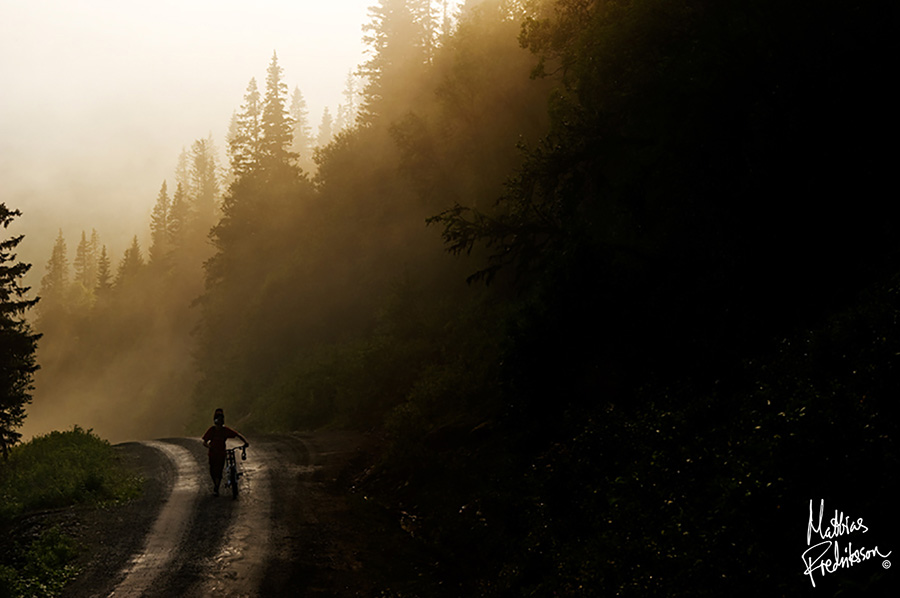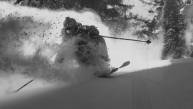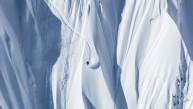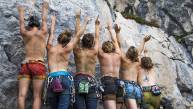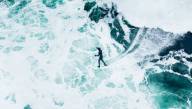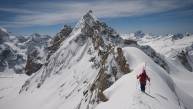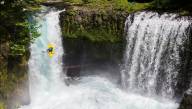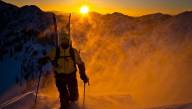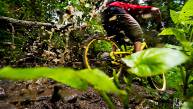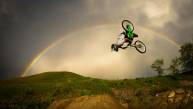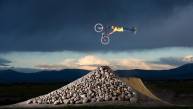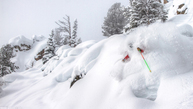tags:
Åre, Sweden |
through the lens |tgr through the lens |teton gravity research |sweden |professional photographers |production |mountain bike |mattias fredriksson |living the dream |bike photography |bike magazine |art
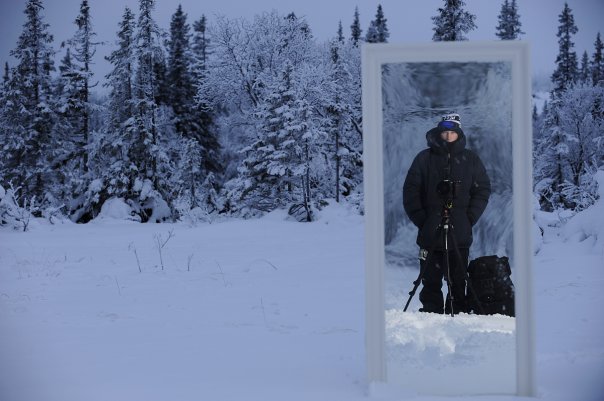
When Mattias Fredriksson saw his first copy of Bike in the early 90’s, he dreamed of someday publishing a photo in the magazine. Today, Fredriksson is a senior photographer for Bike and won the magazine’s “Photo of the Year” award in 2010. He’s also a senior photographer for Powder, SBC Skier and Norway’s Fri Flyt. In 2009, Fredriksson won the first Deep Summer Photo Challenge in Whistler, which he says marked his international breakthrough. Fredriksson chatted with us from his home in Åre, a ski town in Northern Sweden with a strong mountain bike culture. Of its 1,700 residents, almost 700 are members of the local bike club.
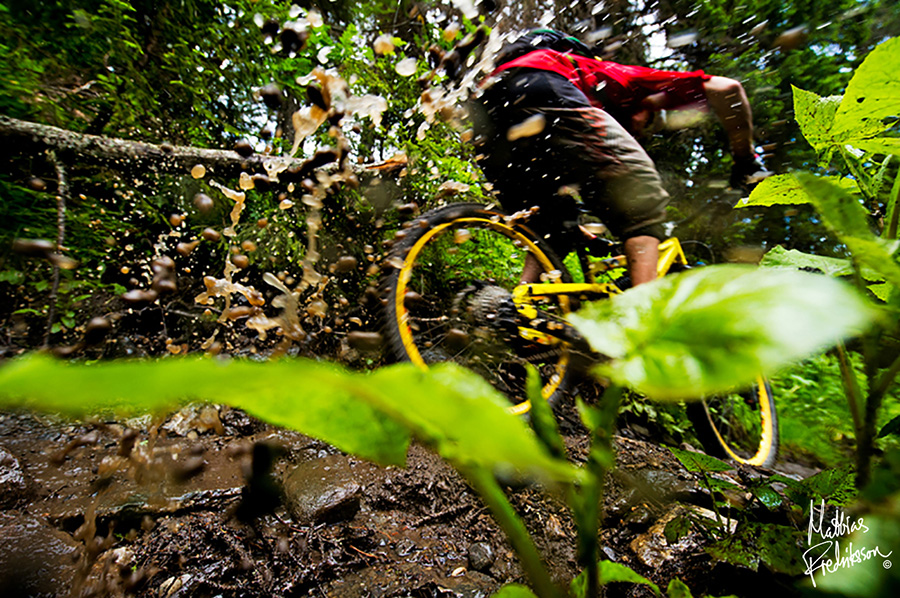
What do you love about mountain bike photography?
When you shoot skiing, you always have to go around the fresh spot. With biking, you can ride the same spot and it only gets better. I ride tons more than I shoot. I get inspired to take better photos. I can ride, find the spots, then drive back to the location when the light is good.
Mountain biking feels more social. Usually people aren’t so competitive. With skiing, I’ve been in situations where we meet friends and say hello but maybe we don’t say where we’re going. Everyone wants first tracks. In the summer, it’s never like that. You can go and share a ride with another crew and have fun and you can do it over and over. It’s a little less stressful. Also, many times it’s not too important to have the latest gear and the latest clothing. Mountain biking is more about the soul.

How did you get started?
I worked at the local newspaper during high school. I started off writing about low division soccer and collecting sports results on Sunday nights. My hometown had two good volleyball teams. Nobody wanted to write about volleyball, but I played and knew the guys and girls, so I asked if I could write a story. They liked the story and then I started covering beach volleyball. That’s where I took my first photo that was published.
He basically took the chainsaw to my photos and said everything was crap. Now, if people ask me for advice, I do the same—it’s the only way to learn.
I went to Riksgränsen in northern Sweden for a ski vacation and I met Lars Thulin, a successful outdoor photographer. He shot for Patagonia and he was the most published outdoor photographer in Sweden. I went home and asked the features editor for the Saturday paper if I could do a story on this outdoor photographer. I got the assignment and I was also told to take a photo of him. I became friends with Lars and started interning for him, while working as a cleaner at a hotel in the area. I learned tons. I asked him to look at my shots and he said, “do you want me to be frank or nice?” Of course, I said, tell me what’s wrong. He basically took the chainsaw to my photos and said everything was crap. Now, if people ask me for advice, I do the same—it’s the only way to learn. I was sorting slides and helping him in the office and he gave me rolls of film. He was my mentor and we still stay in touch. Every time we talk, it’s for three hours. Now he even calls me for advice.
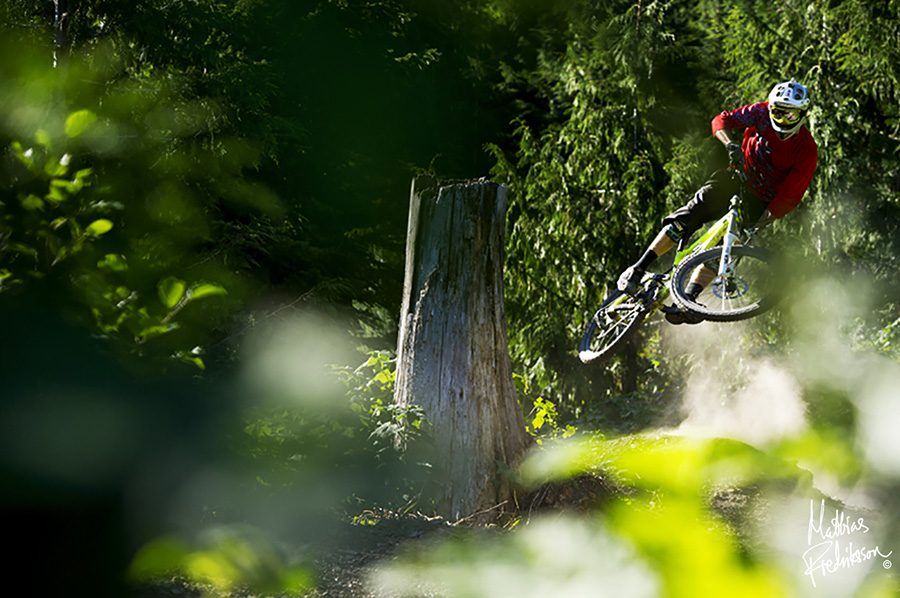
You’ve been traveling around the world for 15 years. How has it improved your photography?
It’s allowed me to get to know all the other photographers in the industry. When I was working as an editor at a ski magazine, I bought photos from all the photographers, and then I got to know them. Guys like Scott Markewitz, Paul Morrison, Dave Heath…I went to Whistler and met Paul and we had a beer and talked for hours. Now, every time I go to Whistler, I always meet with him and have dinner. I’ve actually shot cover shots of his son. All the photographers in the industry are in touch. It’s almost like a club. We can ask each other for advice or find out what a client pays. It’s not competitive at all.
When I travel, I learn more about different bike cultures and I try to bring something home and work that into my photography a bit. When we travel, we see different trails that we try to build with our friends back home.
Travel also helps my archive. I’ve been riding so many places that clients come to me when they need shots from many different places because they know I’ve been around.
How did you find your own style? How has that evolved?
Everyone’s style evolves over a long time. You take in inspiration from here and there. I can’t say that’s my style—that’s for others to say. I like to include locations and show where we are, especially in dramatic locations like Norway or places in the Alps, so when people see the picture it’s not just any piece of forest. I want to find something that’s unique to that place. Quite often I shoot big shots with small people to show this.
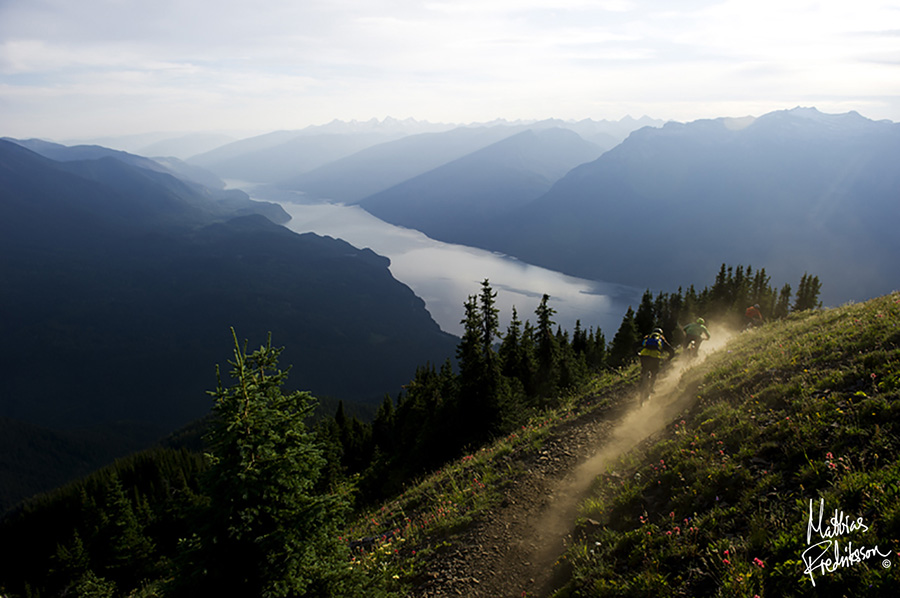
What inspires you?
I watch all kinds of movies, and I find inspiration for storylines. I started out as a writer and worked at magazines. If you have that background, when you shoot for a story, you can put yourself in the perspective of the writer or magazine editor. You have to think about the details. That makes me think a little outside the box sometimes.
I started out as a writer and worked at magazines. If you have that background, when you shoot for a story, you can put yourself in the perspective of the writer or magazine editor. You have to think about the details. That makes me think a little outside the box sometimes.
When shooting a magazine story, I really like to be involved in the direction of the story. The best thing is to work tightly with the writer. It’s good to create a shooting list, know who and what’s important and create the story together. Leslie Anthony and I have done a lot of stories together. He’ll tell me about a cool looking sign or he’ll take a photo with his phone. When you work together for a while, you know each other’s style and what the other person picks up along the way.
Was it hard to leave the position of editor at a big ski magazine and go freelance?
Lots of my friends said, “Are you nuts, that’s the best job in the world?” I was editor-in-chief of Sweden’s biggest ski magazine when I was 25. To them, it sounded like the best job in the world. But at a magazine, you have to be there, you’re under deadline, you have the publishers to answer to…I wanted to give my photography a real chance.
I realized words in Swedish were more limiting than photos. Also, I was young and wanted to travel more. When I broke free from the magazine, I knew it was right. The freeride movement was really starting up. We had the Free Radicals crew in Sweden and Jon Olsson and Henrik Windstedt came on the scene. I took pictures of all of them and some of the companies needed shots.
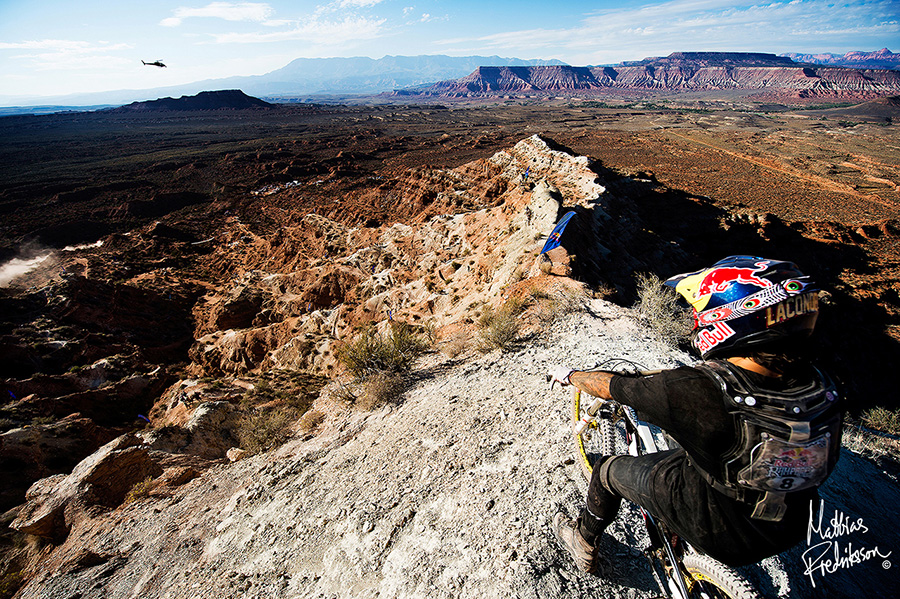
How do you keep it fresh?
I’ve tried to be more diverse in the last five years. I shoot some trail running and hiking and kayaking. I find new ways to always challenge myself. The first time I shot hiking, I thought, “This will be so easy,” but I found it wasn’t easy. You have to capture the momentum and have two people in the right moment of their step so it doesn’t look fake.
And with shooting trail running, you have to have the angles and have good runners. My girlfriend and I started kayaking and we went to the Lofoten Islands on a trip. It was so beautiful and I was shooting the sport for the first time. It’s like going to Alaska for your first ski shot. I just ordered water housing so I can start shooting underwater.
How do you keep the athletes you’re shooting inspired?
I include the athletes in the process. I’m open to hearing riders’ opinions about things and listening to their vision. If you have athletes who have an eye for photography, they can help you a lot if you make them feel like they are a part of it. I show them the photos as we go and talk to them about different angles. I inspire them by giving them credit for what they do. It’s important to pump them up. Also, I always bring a little chocolate bar or extra water.
You have to know when to pull the plug. Last week, I was shooting with Darcy Turenne and there were so many bugs one night, we had one of those moments when she couldn’t stand it anymore and we needed to call it. When you start to get hungry, or weak or someone is hurt, even if the light is still good, you have to say when enough is enough.
In skiing, there are always several times in a season that we call it due to sketchy conditions. One time a filmer and I decided to quit shooting, but one of the younger, eager skiers said he was going to ski it anyway. When they cut off the slope to check it one extra time, the whole side of the mountain came down. They never questioned our opinions about the snow conditions again.
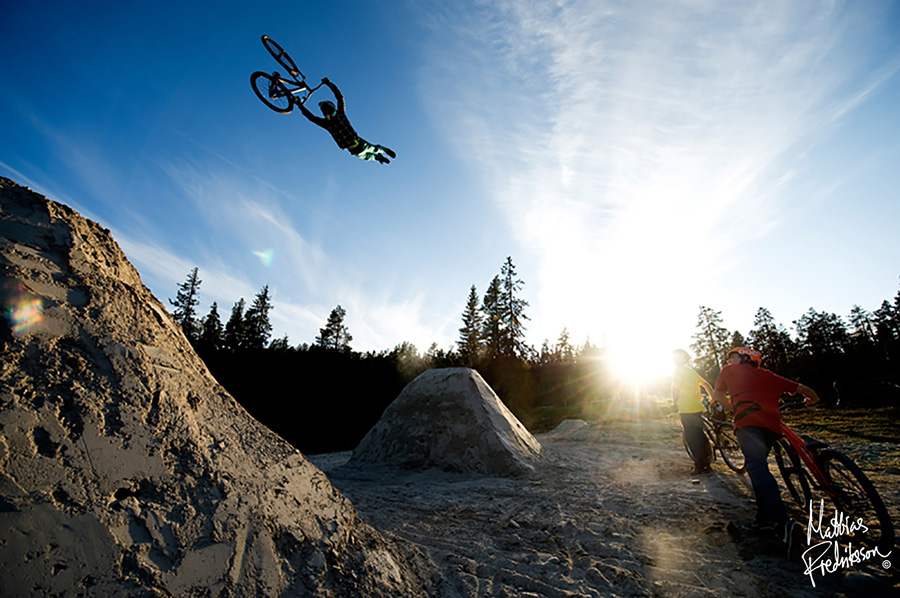
How do you select athletes to work with?
I try to pick out people who are good at what they do and work with people who are interested in shooting photos. It doesn’t matter how good they are, if they don’t want to be shooting, it’s going to be painful to convince them to go back up one more time. When the decision is up to me, I usually go with people who are easy going and have some interest in photography or at least like to be in photos.

You tend to use natural light instead of strobes…
I haven’t used my strobes in two years now. The further you go and the longer the days, the less equipment you want to carry. The cameras these days are so good. They work so much better in low light. I remember dragging three strobes way out to get a shot in the trees. I never do that anymore. I really like the touch of natural light. Especially for shooting biking in the trees. You can show the details in the environment in a different way.
Where do you want your photography to go?
I’m getting more and more commissioned work. When I started out, it was mostly small editorial things. It’s changed quite a lot in the last year. I’m getting bigger jobs. Ski photography is still about 70% of my income, but I see more and more bike work coming in. Last year, my winter started in the end of October and went until the end of May. I won’t complain if I get more bike work and my winters get shorter.
